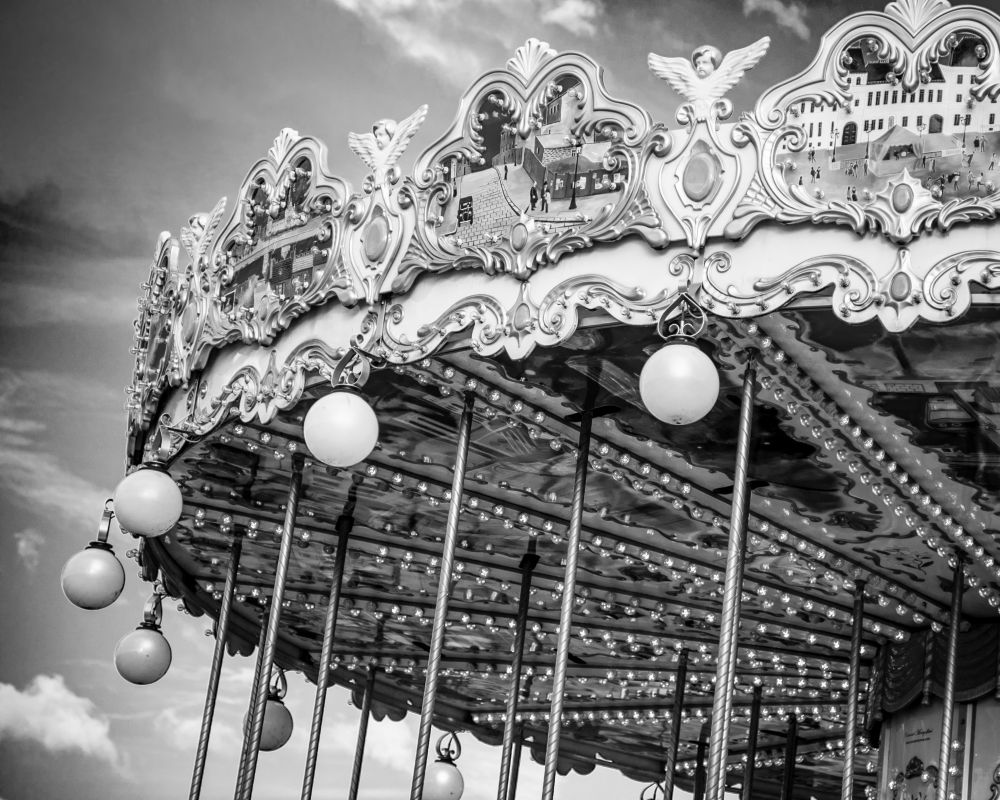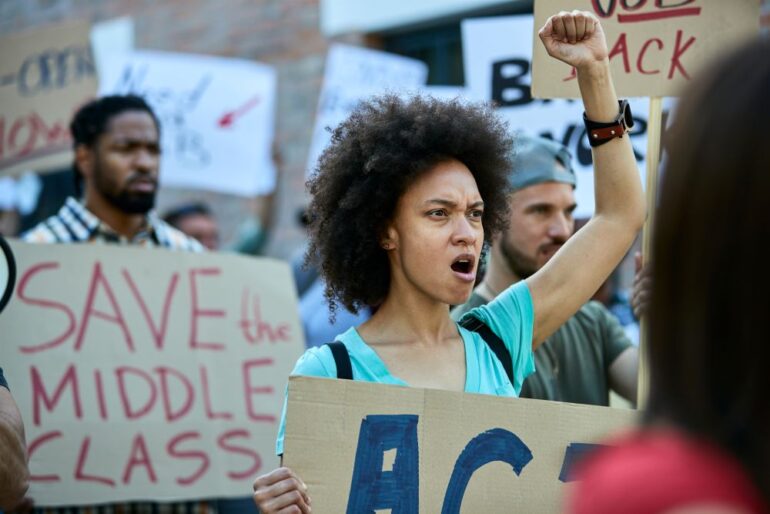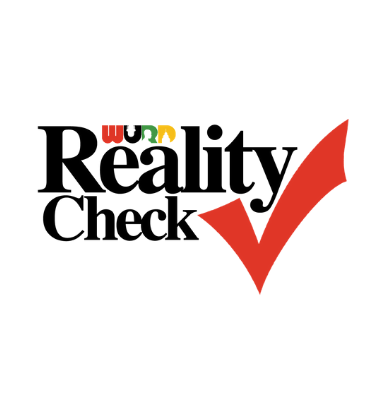-
play_arrow
WURD Radio
By James Peterson | WURD Radio
Over 190 years ago, on a sweltering August evening in 1834, Philadelphia erupted in an episode of violence that would forever shape the history of Black Philadelphia—a riot sparked by a squabble over a merry-go-round. Known in history as the Flying Horses Riot, this explosive moment underscored the deeply entrenched racial tensions of early 19th-century America and also laid bare the complex interplay between leisure, race, and class in a city renowned for its diversity and racial contradictions.
Flying Horses was the name of the tavern where the carousel was located. It was situated near 7th and South Streets. The historical Philadelphia neighborhoods of Moyamensing and Southwark (where much of the destruction of the Flying Horses Riot took place) are now part of South Philadelphia, including several modern neighborhoods. Moyamensing is now largely within the neighborhoods of Passyunk Square, East Passyunk, and parts of Point Breeze and Hawthorne. It originally covered land west of Southwark and was known for its working-class, immigrant communities. Southwark is now part of Queen Village, Pennsport, and parts of Bella Vista. Both regions were consolidated into the City of Philadelphia in 1854 with the Act of Consolidation, which merged outlying districts into the city proper.
In a time when Philadelphia was a microcosm of American society—home to free Africans, fugitive slaves, abolitionists, working-class whites, and the affluent elite—the very spaces meant for amusement and joy could quickly transform into arenas of brutal conflict. The merry-go-round, with its brightly painted horses and twinkling white lights, had become a symbol of a promised egalitarian leisure—a promise that was irrevocably shattered on August 12, 1834.
Philadelphia in the 1830s was a city of stark contrasts. It was a center of commerce, culture, and progressive thought; it was also a tinderbox of racial, economic, and social tensions. This was decades before the American Civil War would reshape the nation, but the seeds of conflict were already sown in the streets of Philadelphia. The city’s integrated neighborhoods and public spaces provided rare opportunities for people of diverse backgrounds to mingle. These same spaces also exposed fault lines of the American merry-go-round of Black history.
19th-century Philadelphia was more than just a backdrop for the burgeoning abolitionist movement or the refuge for fugitive slaves—it was a living laboratory of racial integration and conflict. According to the Library Company of Philadelphia, “There were bloody anti-Black riots almost every year throughout the 1830s and 1840s that were simply manifestations of white hatred. They all took place in a predominantly African American neighborhood near the southern border of the city and encompassing the suburbs of Moyamensing and Southwark.”
The underlying causes were as varied as they were profound. Rapid industrialization, a flood of immigrants, and a fiercely competitive labor market exacerbated the existing animosities between free Black residents and the economically disadvantaged white working class. As historian John Runcie later observed (1972), “The low economic and social status of many of the rioters provides a key to what appears to have been one of the riot’s major causes. It was precisely this type of person who was forced to compete for employment with the equally depressed Negro, and the ensuing rivalries generated tensions and bitterness.”
At the Flying Horses carousel, seats were not assigned by race, and the simple joy of riding a “flying horse” was theoretically available to anyone—first come, first served. But even this seemingly benign institution could not escape the charged atmosphere of the times. What began as a minor altercation quickly escalated. Rumors spread like wildfire that Black patrons had somehow insulted their white counterparts, inflaming tempers and stoking long-held resentments. Within hours, the merry-go-round that had once symbolized innocent amusement transformed into the epicenter of racial strife.
What followed was a three-day maelstrom of violence that shocked the entire city. On August 12, 1834, the riot began with the attack on the carousel and rapidly spiraled into a wider assault on Philadelphia’s Black community. Gangs of poor white youths and young men, often described in contemporary accounts as “a party of half-grown boys … a detachment of boys and very young men,” initiated the violence. Newspapers of the day, such as the Philadelphia Gazette, vividly captured the scene, noting that only “few persons of more mature years were observed among them.”
These rioters, often characterized by their low social standing, were denounced by local observers. According to Muncie, a report from the Saturday Courier described them as “the rude and turbulent spirits that infest our suburban districts … in a word the refuse of the population,” while the Philadelphia Intelligencer went so far as to label some of the arrested rioters “the most brutish and lowest cast of society.”
The violence was not contained to the merry-go-round itself. As the mob moved beyond the park, they descended upon the Moyamensing and Southwark districts—areas predominantly inhabited by Black residents. Churches, homes, taverns, and businesses were mercilessly attacked. White rioters destroyed a Black church in Southwark, as well as the First African Presbyterian Church, leaving communities shattered in their wake.
The brutality of the rioters was both methodical and racially discriminatory. Runcie points out that the Philadelphia Inquirer later reported, “the destruction of property on the second night of the riot exceeds belief. No less than thirty-seven houses, some of them substantial brick tenements, were more or less destroyed, and many of them rendered entirely uninhabitable.” Beyond the material loss, scores of Black families were displaced, and at least one Black person lost their life amidst what was cynically termed a “hunting the nigs” revelry.
One of the more chilling aspects of the riot (and terribly familiar to Black history) was the deliberate targeting of Black property. According to Runcie, “On the second night of the riot, the attack on Negro property was delayed until about eleven o’clock, by which time the peace officers, worn out by the toils of the affray on Tuesday, had generally retired.” In a manner eerily reminiscent of later urban conflicts, white residents identified themselves by placing candles in their windows—“white lanterns” that signaled their solidarity with the violence and their desire to demarcate their domiciles from the plunder of white supremacy.
The Flying Horse Riot was not an isolated incident; it was the product of “a complex combination of immediate causes and more subtle but equally dangerous underlying social tensions and grievances.” Rapid urbanization, industrialization, and an influx of foreign immigrants had transformed Philadelphia into a city where competition for jobs was fierce. Many white residents, particularly those from impoverished backgrounds, found themselves in direct competition with Black freemen for employment opportunities. As Runcie argued, “the ever-increasing number of foreign immigrants and Negro freemen in Philadelphia accentuated the competition between Blacks and whites for certain types of work. Consequently, it is not surprising that the report issued by the citizens’ committee of investigation saw this issue as the major cause of the riot.”
Some historical accounts of the riot implicate members of the Colonization Society—a group that promoted the relocation of free Black people to Africa—in orchestrating the violence. Runcie suggested that “the masterminds of the incident were people whose range in society would secure concealment, while it gave facilities to the conspiracy. These same people may have been responsible for gathering the rioters together and formally marching them across the city into the Moyamensing area.” Whether or not these allegations hold, they underscore the fact that the riot was, in part, a deliberate attempt to reshape the racial landscape of Philadelphia through violent means.
The social dynamics at play were further complicated by the notorious gang problem that plagued Philadelphia during this period. “The gang problem in Philadelphia deserves close consideration,” writes Runcie, “as it helps clarify what was probably the most obvious characteristic of the August 1834 mob: the youth of many of its members.” These gangs, which would later gain notoriety as the Killers, the Blood Tubs, the Rats, and the Bouncers, found fertile ground in the impoverished districts of Moyamensing and Southwark. Their presence not only contributed to the scale of the violence but also served as a grim reminder of the lawlessness that could emerge when marginalized youths were left to fend for themselves in an increasingly urbanized environment.
By August 14, as the riot gradually subsided, the toll on Philadelphia’s Black community was staggering. Homes were razed, churches were burned, and a once-thriving neighborhood was left in ruins. The violence not only resulted in immediate physical destruction but also inflicted long-term damage on the social fabric of the affected communities. Black families were displaced, and the economic impact of this violence would persist for generations.
It is a powerful irony that a space meant to embody freedom and the innocent joy of childhood became the flashpoint for a violent assertion of racial hierarchy. This irony is precisely what makes the Flying Horse Riot such an instructive episode in American history. It forces us to confront the uncomfortable truth that the struggle for leisure, access, and dignity has long been intertwined with the broader battle against racial oppression.
The Flying Horse Riot was not an isolated incident in Philadelphia’s turbulent history. It was one chapter in a long series of racially charged uprisings that rocked the city over the 19th century. Following the 1834 riot, Philadelphia would witness further episodes of racial violence, including the Pennsylvania Hall riot of 1838, the Lombard Street riot of 1842, and the Philadelphia nativist riots of 1844. Even into the 20th century, the city experienced its share of racial strife in the form of the 1964 Philadelphia race riot. Each of these events underscored the persistent racial fissures in American society—a society in which the struggle for equality has often been marred by episodes of brutal racial retribution.
The lessons of 1834 are clear: when a society allows racism and economic insecurity to fester, the consequences can be devastating—and history, as it often does, has a way of going around and around.
We cannot allow the lessons of 1834 to be forgotten. The story of the Flying Horses Riot is not a relic of a bygone era; it is a living testament to the enduring challenges of our society. It also presents one of many opportune moments from Philadelphia’s Black history for the City of Brotherly Love to repair and restore the Black community for its legacy of racism and the economic plunder of Black communities.
In the Flying Horses episode of Black History, we find both a cautionary tale and a call to action—a reminder that the path to racial justice requires us to confront our history head-on, to question the structures that perpetuate injustice, and to work tirelessly toward a future where every individual can share in the joy of freedom and choose their own flying horse on the American merry-go-round of Black history.
THE WURD WEEKLY NEWSLETTER
Black Talk Media sent straight to your inbox.
SUPPORT WURD
Supporting WURD Radio is your way to
protect and preserve Independent Black Media.
Written by: James Peterson
Similar posts
Featured post
Latest posts

This week on WURD: Philly teachers fight for more, Black federal workers under threat, the story behind Gladys Knight and the Pips
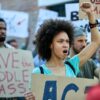
This week on WURD: Trump’s “mega bill,” Medicare cuts, U.S.-Iran tensions

Teens Cultivate Soil and Safety at Sankofa Community Farm

This week on WURD: Musiq Souldchild shares his journey, PA’s budget delays, Sherri Shepherd’s latest role

This week on WURD: Philly teachers on strike, SEPTA’s funding issues, Sankofa through farming
Current show
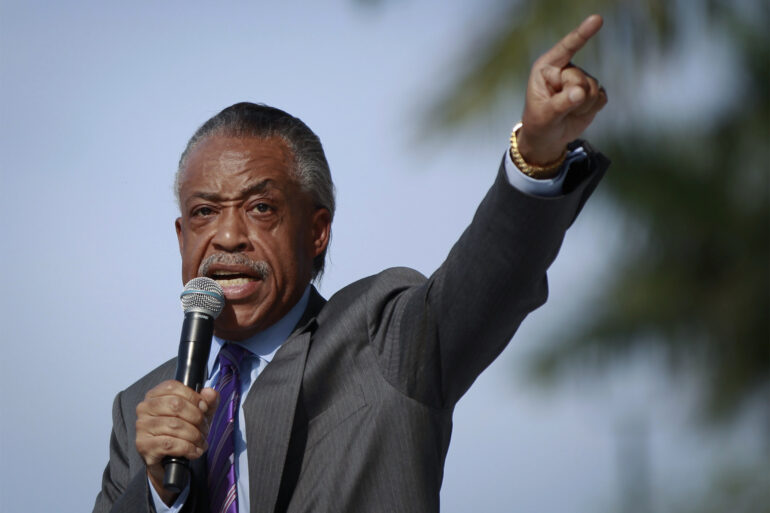
Keepin’ It Real with Rev. Al Sharpton
Rev. Sharpton's nationally syndicated radio show “Keepin it Real.” This daily program will keep you on pulse with what's happening in politics and the world while getting answers to real questions in this daily talk program.
closeUpcoming shows

Evening WURDs
4:00 pm - 7:00 pm

The Tavis Smiley Show
7:00 pm - 10:00 pm

Soulful Sunrise
6:00 am - 7:00 am

Wake Up With WURD
7:00 am - 10:00 am

The Midday Break Room
10:00 am - 1:00 pm
WURD Radio LLC © 2012-2021. All rights reserved.


